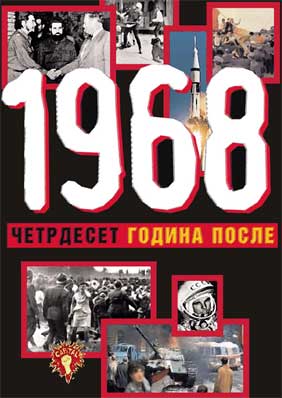Југославија, Ватикан и случај Драгановић 1967–1968. године
The Yugoslavia, Vatican and the Draganović Case 1967–1968
Author(s): Radmila Radić
Subject(s): Diplomatic history, Political history, Social history, Post-War period (1950 - 1989)
Published by: Institut za noviju istoriju Srbije
Summary/Abstract: The improvement of the relations between the Vatican and Yugoslavia during the second half of 1950s and the first half of 1960s resulted in a number of concessions from both parties. One of the demands Yugoslavia kept reiterating from the very beginning was that the Vatican stop lending support to the clerical emigration hostile to Yugoslavia and to remove rev. Krunoslav Draganović from St. Bartholomew College in Rome. At the demand of the Yugoslav bishops to depoliticize the College, the Vatican removed Dr. Krunoslav Draganović from it in late 1958. This opened the door for further improvement of the relations. Appointment of Dr. Đura Kokša as the rector of the College, was seen as another concession to Yugoslavia. Thanks to the change of Vatican’s policy toward contacts with the communist authorities behind the „Iron Curtain” since Pope John XXIII and thanks to drafting a new eastern policy (Ostpolitk) of the Holy See, whose main proponent was cardinal Casaroli, conditions for improvement of relations with Yugoslavia were also created. Pope Paul VI tried to carry on the policy of his predecessor and to establish a kind of dialogue with communist regimes with the aim of improving the situation of Roman-Catholic faithful in Eastern Europe. When the negotiations for conclusion of the Protocol between Yugoslavia and the Holy See started, one of the points the Yugoslav party particularly insisted on was the end to anti-Yugoslav propaganda and complete depolitization of St. Bartholomew’s College. It was also insisted that the Vatican cease to support the Ustasha emigrants. The Vatican was willing to subordinate the problem of émigré priests to higher ecclesiastical and political interests. Within the framework of rapprochement the problem of Draganović was also solved. He crossed the Yugoslav-Italian border near Trieste on September 10, 1967, and it remained unclear for a long time if he did it on his own free will or was he abducted. In agreement with the Holy See he was not indicted and he spent the rest of his life peacefully in Sarajevo. Several years after his return the whole case was hushed up in Yugoslav press and public. However, the problem of hostile activities of emigrants against Yugoslavia abroad wasn’t solved with this case.
Book: 1968 - четрдесет година после
- Page Range: 575-611
- Page Count: 37
- Publication Year: 2008
- Language: Serbian
- Content File-PDF

